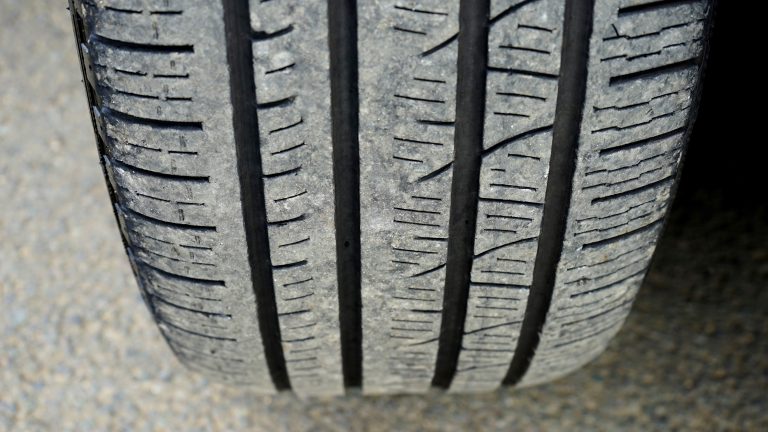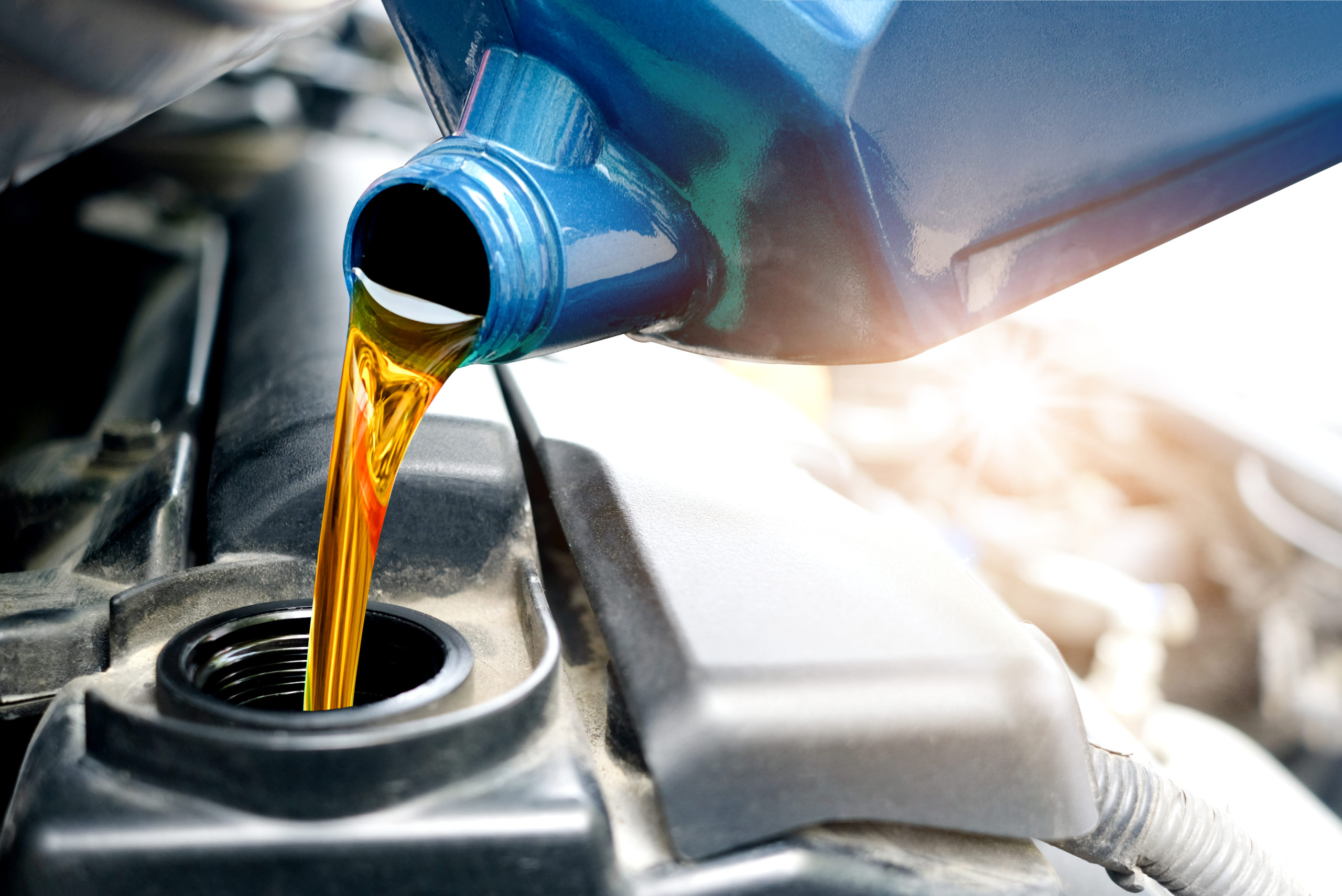As a long-time vehicle owner, you understand the importance of replacing your tires when they become too worn out to provide adequate traction. But your tires can become compromised even before they begin to bald. One of the most common reasons tires may wear out prematurely is the development of dry rot.
What Is Tire Dry Rot?
Unlike dry rot that may affect the wood in your home, tire dry rot is not caused by an organic growth and can’t spread from one tire to another. The term dry rot is used to describe a specific type of tire decay that can occur as a tire ages or is regularly exposed to harmful substances and conditions. We’ll discuss what this type of decay looks like in the next section.
Once dry rot appears in a tire, you only have a short period of time to attempt to repair the damage before the tires become unsafe for driving. Minor dry rot can be addressed by a professional using a tire sealant.
Tires with advanced dry rot must be replaced. Dry rot allows air to escape the tire, making it difficult or even impossible to keep the tire properly inflated. Dry rot can also cause unnatural rubber expansion while driving that actually breaks the tire apart. Tires with dry rot are much more likely to develop leaks, holes, and blow outs. In extreme cases, the tread may separate from the rest of the tire entirely.
What Does Dry Rot Look Like?
Tire dry rot is also known as sidewall cracking. As the term suggests, dry rot is primarily characterized by cracks in the tire rubber. If one or more of your tires has developed dry rot, you may notice the following warning signs:
- Brittleness. Dry rot dries out your tires. As essential oils leech out of your tires, you may notice that they appear and feel more brittle. You may even observe small pieces of rubber breaking away from the tire.
- Cracks on the tread. Advanced dry rot can cause small cracks on the outside edges of your tire tread. These cracks can affect your car’s handling, even if your tread still has adequate depth overall.
- Cracks on the sidewall. Even in minor cases of tire dry rot, you may notice cracks on the sidewall of your tire. These cracks may appear in an isolated area or extend around large portions of your hubcap.
- Faded color. If your tire begins to look more gray than black, it may be developing dry rot. Fading may appear before or in tandem with cracking.
Inspect your tires for signs of dry rot at least once a year. Plan to inspect your tires in the early spring or early fall since winter and summer conditions can contribute to the development of dry rot.
If you notice signs of dry rot, have your tires evaluated by a tire and wheels professional to determine whether or not your tires are safe to drive with.
What Causes Dry Rot?
Because dry rot cannot be repaired, it’s important to reduce your tires’ risk of developing cracks. The first step to preventing dry rot is to invest in new, high-quality tires each time you replace older tires. These tires are less likely to develop premature dry rot.
To protect your tires over time, pay attention to the substances and conditions your tires are exposed to. Avoid the following:
- Abrasive or corrosive chemicals, such as pool treatment chemicals, motor oil, and industrial cleaning solutions
- Excessive or direct sunlight that exposes the tires to harmful UV rays
- Extremely low temperatures
- High temperatures
- Long periods of disuse
- Ozone generated by electrical equipment
- Underinflation, especially when the car is driven regularly
To keep your tires healthy, park your vehicle out of direct sunlight in an area with mild temperatures whenever possible. If you park in a garage, keep chemical solutions, heaters, and electrical equipment away from your car.
If you park outdoors, pay attention to the weather. You may want to cover your entire car or use tire covers to minimize the effects of temperature fluctuations.
As you travel, leave your car in parking garages or in underground parking as often as possible rather than parking on a curb.
For cars that are driven infrequently, such as seasonal vehicles, RVs, and antique cars, follow the guidelines found in our previous blog, “How to Take Care of a Car That Is Rarely Driven.”
Use this information to ensure that when you get in your car, you know your tires can handle taking you wherever the road ahead may lead.
Have your tires succumbed to dry rot? Find high-quality tires that are perfect for your vehicle type at Evans Tire & Service Centers.





